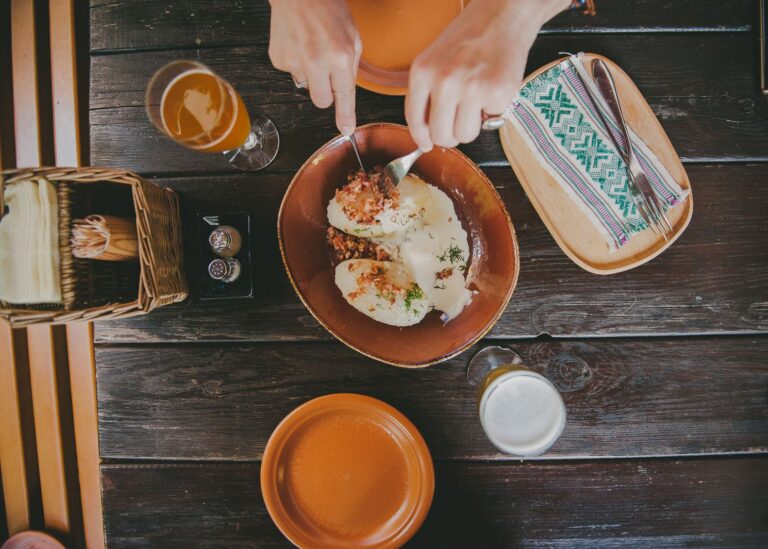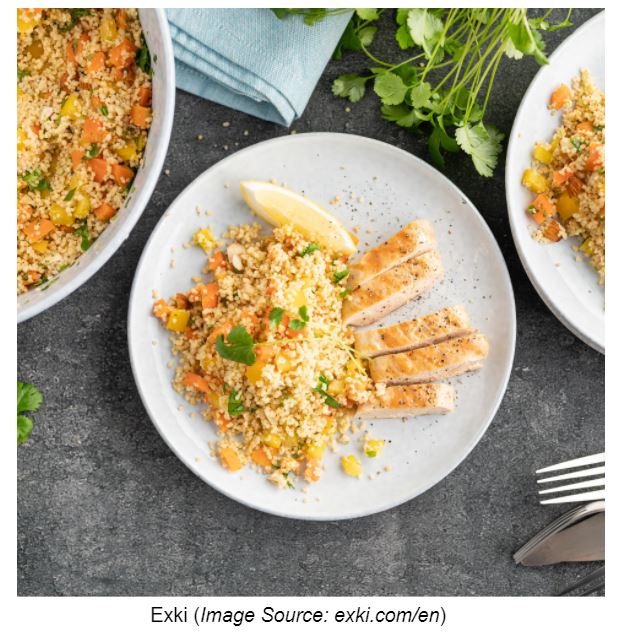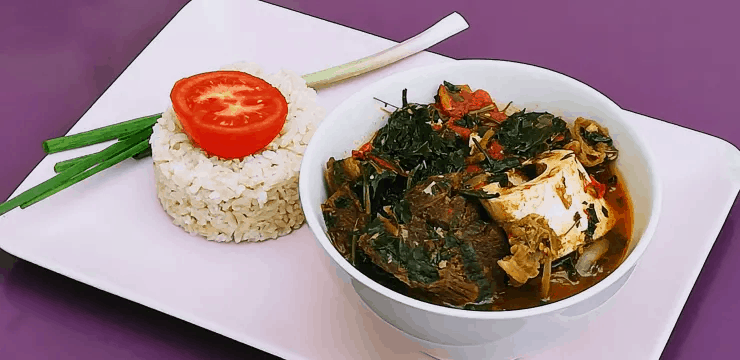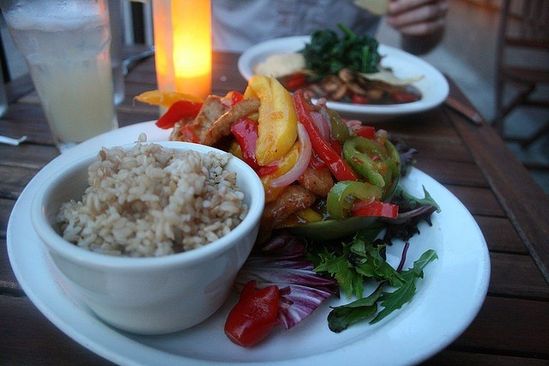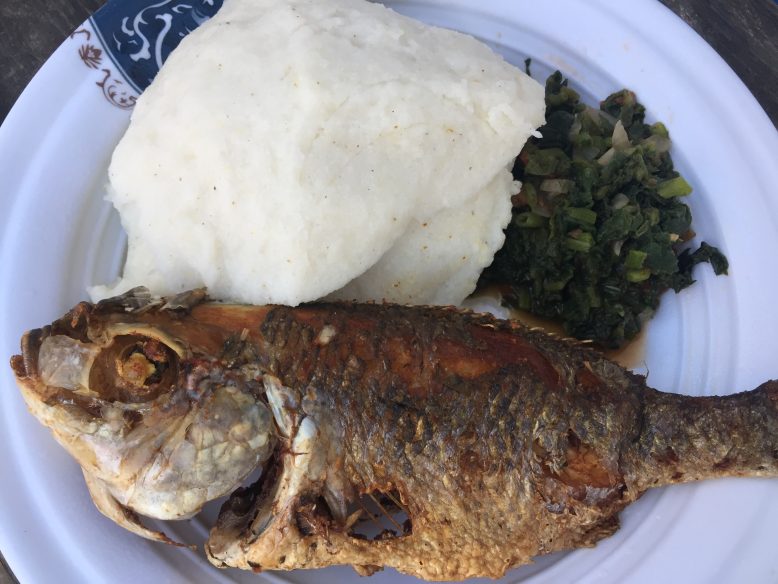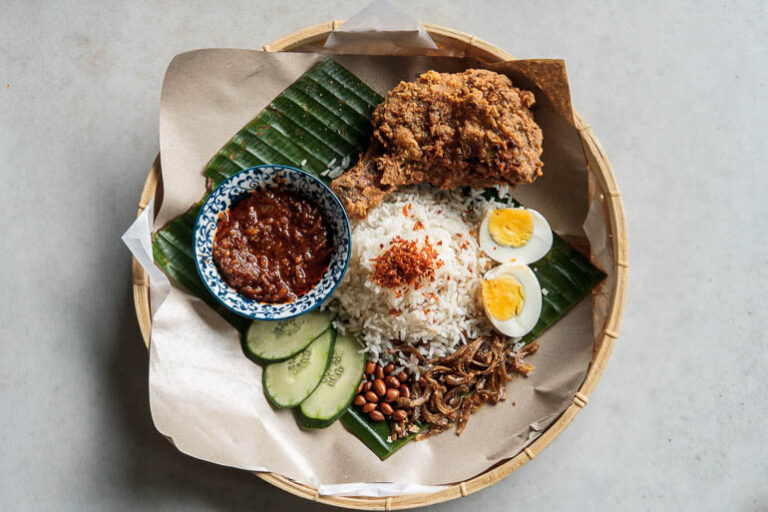Introduction: Exploring Liechtenstein’s cuisine
When it comes to Liechtenstein, most people associate the small country with beautiful landscapes, mountains, and a wealthy lifestyle. However, the country has much more to offer, including a unique cuisine that is influenced by its neighboring countries, Austria and Switzerland. Liechtenstein’s culinary delights include a range of savory and sweet dishes, but have you ever wondered if there are any specific breads or pastries associated with Liechtenstein cuisine?
Traditional breads of Liechtenstein
Like most European countries, bread is a staple food in Liechtenstein. The country has several traditional breads that are still popular today, such as “Ribel,” a sourdough bread made from rye flour and “Bürli,” a small, crusty bread roll. Another popular bread is “Schwarzbrot,” a dark bread made with rye flour and seasoned with cumin seeds. It is usually served thinly sliced with butter or cheese.
Discovering the pastry delights of Liechtenstein
Liechtenstein has a variety of pastries, including sweet and savory ones. One of the most popular sweet pastries is “Krapfen,” a deep-fried doughnut filled with jam or cream. Another sweet treat is “Ribelkuchen,” a cake made from the sourdough bread “Ribel.” The cake is sweetened with honey and filled with a mixture of dried fruits and nuts.
The popular “Käsknöpfle” and its bread companions
“Käsknöpfle” is a popular Liechtenstein dish that is similar to the Swiss dish “Rösti.” It consists of small dumplings made from flour, eggs, and cheese, and is usually served with caramelized onions and a side of green salad. The dish is typically accompanied by a slice of the country’s traditional bread, such as rye or wholegrain bread.
The history behind Liechtenstein’s bread and pastry culture
Liechtenstein’s bread and pastry culture has been influenced by its neighboring countries, Austria and Switzerland. The country’s location in the Alps means that the locals have always had to rely on their own resources to make bread, which led to the creation of the traditional breads and pastries that are still enjoyed today.
Conclusion: What makes Liechtenstein’s bakery scene unique?
While Liechtenstein may be a small country, its bakery scene is anything but. The country’s range of traditional breads and pastries, combined with its unique dishes such as “Käsknöpfle,” make it a must-visit destination for foodies. Whether you have a sweet tooth or prefer savory dishes, Liechtenstein has something to offer for everyone. So next time you’re in the country, make sure to try some of its delicious bread and pastry creations.



